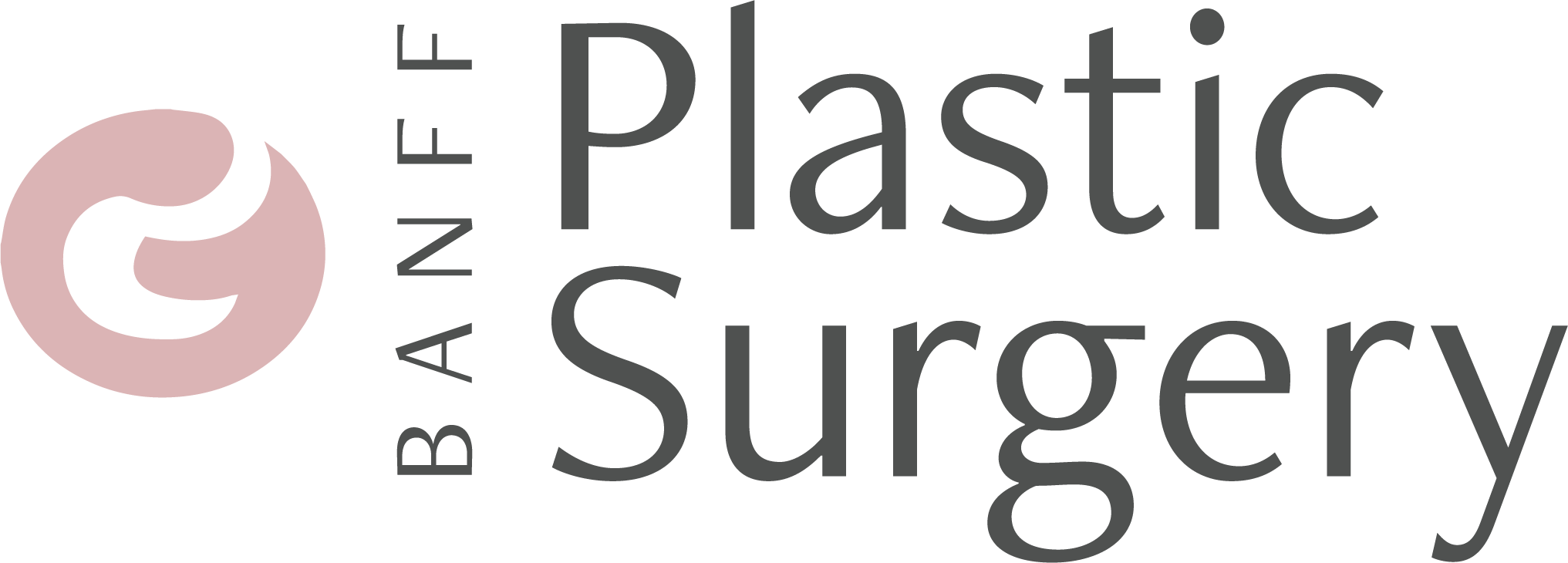Procedures
Inverted Nipples
Not all nipples are the same – just as not all breasts are the same. For some reason, the ducts leading to the nipple can be abnormally short and this causes nipple inversion.
The breast develops with 15-20 separate milk glands and each one has a duct that heads toward the nipple to release the milk that is produced. Some of these ducts come together like branches of a tree, but at the nipple level there are several ducts – not just one.
There are several different grades of nipple inversion:
Grade I: These are often called “shy” nipples where the nipples prefer to sit in an inverted position but they can be pulled out. They will often shrink back into their inverted position. Breast feeding is usually possible with this type of nipple.
Grade II: These nipples usually retract immediately after being pulled out because the ducts are too short. Breast feeding can be difficult, but sometimes possible with aids such as nipple shields and breast pumps.
Grade III: These nipple ducts are so short and “stuck” that they cannot be manually pulled out. Breast feeding is very difficult and even breast pumps may not be successful.
If nipple inversion is something new, especially when it occurs on one side, it is important to get checked. Breast cancer can present as a new nipple inversion as it pulls on the surrounding tissue and it is important make an appointment to see your family physician. Remember that mammograms will miss some cancers so a biopsy is usually indicated.
The problem with correction of Grade III inverted nipples is that it usually requires surgery that releases the tight ducts. Unfortunately this cuts the ducts, and usually makes breast feeding impossible. Sometimes the ducts will reconnect (nature is programmed to try to reconnect anything that has been cut), but usually not enough ducts are successful to allow breast feeding. The ducts that are cut can also block the buildup of milk behind them which can become infected (mastitis). This surgery is also not uniformly successful. A revision may be attempted, but even this does not always work.
Correction of Grade II inverted nipples is usually successful with surgery because the ducts are not so tight and cutting the ducts allows the nipple to be free. If a patient is interested in having the nipples corrected and if she wishes to breast feed, a nipple piercing technique can be used. The piercing alone can stretch out the ducts and sometimes patients will encourage the stretching by wrapping something like a gauze or tissue under the rod at night to gently encourage stretching of the ducts over time. The piercing rods are left in for about 6 months but sometimes the nipples will then slip back into their preferred inverted position. The ducts may, however, have been stretched enough to allow for breast feeding with or without mechanical aids. Piercing does not involve cutting the ducts but some of the ducts can be damaged with the piercing rods.
There are techniques described which purport to correct nipple inversion without damaging the ducts, but most of these have not stood the test of time. Whenever there are multiple solutions described to correct a problem, we usually say that that is because none of them work very well. New and innovative solutions are welcome, but they should be approached with caution.
Breast surgery can correct inverted nipples (breast augmentation creates pressure behind the nipples and this usually corrects the “shy” nipples fairly effectively). Breast reduction or resection of part of the breast can either release the tight ducts – or more commonly – make the inversion worse.
Surgical correction at Banff Plastic Surgery:
Nipple inversion correction is performed in the office under a local (freezing or numbing) anaesthetic.
Piercing:
This is a very simple and straightforward procedure. We ask the patient to purchase a 14 gauge rod (usually from a tattoo parlour) that they like (there are a lot of colourful ones). They come in sterile packages. A small amount of local anaesthetic is used and the piercing is easy for the patient. They are then given some instructions on stretching methods that are available.
Releasing the ducts:
This is obviously more complicated than piercing and it depends on the severity of the inversion. A local anaesthetic is used and usually an incision is made across the nipple itself. Sometimes the incision is made in the base of the nipple where it joins the areola. Dissolving (absorbable) sutures are used. Some bruising can occur and some dead skin can result around the nipple (rare). Sensation may be lost and healing takes a few weeks. A nipple which has been buried is often raw and doesn’t like being exposed to the air. This can be irritating and sore (much like a jogger’s nipple from being repeatedly rubbed by a running shirt). A revision may be indicated if the correction is unsuccessful. There is no surgery fee for a revision, but there is a “facility” fee. This can all be discussed with the patient coordinator.
We're Worth the Trip
To learn more about our practice or the services we offer, contact Banff Plastic Surgery today at 403-762-2055.
Address
#217, 304 Old Canmore Road
Canmore, Alberta T1W 0L5
